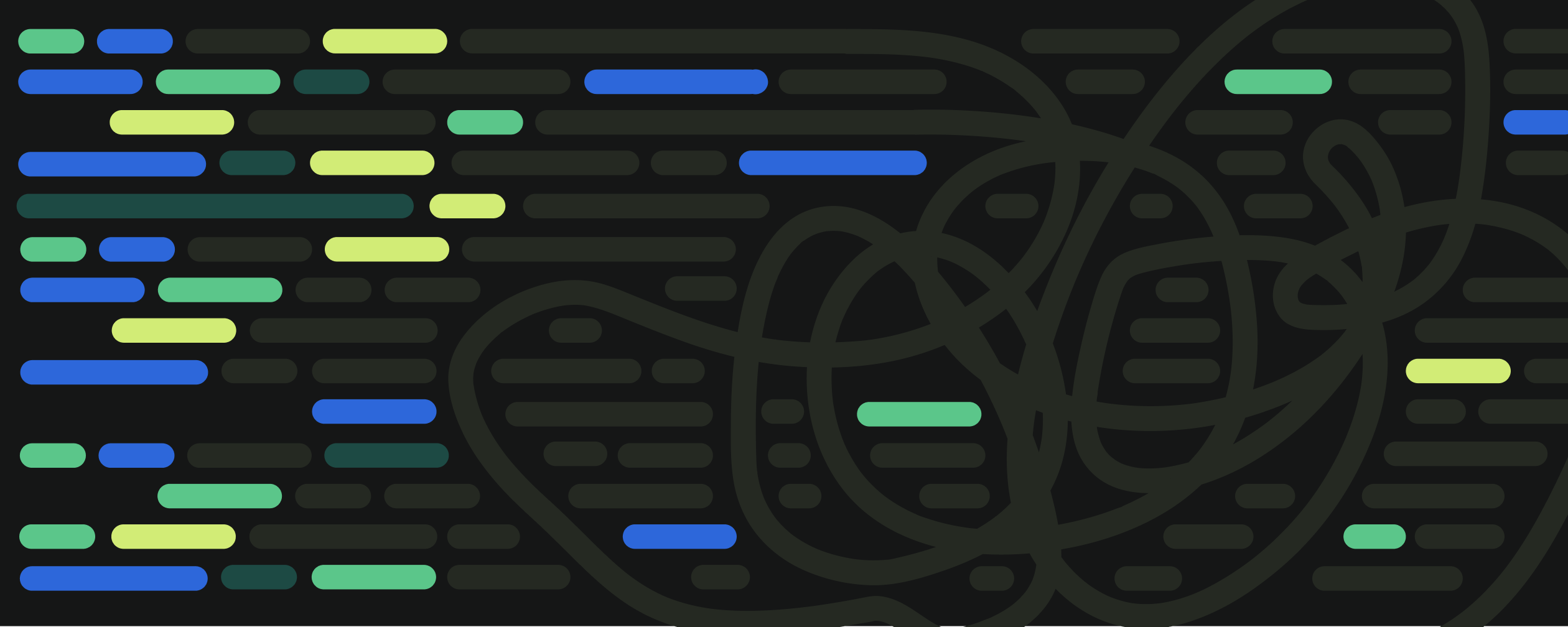Blend has a new CMS partner! Check out all the details on our newest supported platform.
Content References in XhtmlString Properties
XHtmlString properties are more than just HTML, they include HTML, internal links to content, embedded blocks, personalization, and more. Blend's Director of Development Bob Davidson takes a brief look at the internals of XhtmlString properties and the fragments that make them.
2/2/2022
Authored by
Categorized
A string of fragments.
Strictly speaking, an XhtmlString property is, in fact, a string at heart. But it’s a string made up of special segments that must be interpreted. These segments are more accurately known as Fragments, each of which are instances of IStringFragment. These fragments represent a number of things an editor can embed within an XhtmlString:
Static HTML/Text - Plain old text is represented in StaticFragments. These fragments are not necessarily complete HTML, but rather substrings of HTML. A static fragment might stop at the start of a href attribute value, if the link in that href is a permanent link. These fragments, for the most part, require no special processing.
- Links to content - Links to content within the CMS are
UrlFragments. These fragments have a URL property that represents the Permanent Link of the linked content. If you’ve ever seen links rendered on the front end that start with/link/and contain an embedded GUID, those are likely permanent links that are not being resolved correctly. - Embedded content - Editors can drag blocks and page partials into the XhtmlProperty editor. These blocks are represented as
ContentFragmentinstances. The fragment will give you the Content GUID, Content Link, Display Option, and more. - Personalized content - Editors can personalize blocks in the XhtmlString property in the same way they do in content areas. These personalized sections are represented as
PersonalizedContentFragments. From these fragments, you can get a list of roles (visitor groups) this section targets, and a collection of child fragments representing the content to display to those roles. - And more! There’s a
DynamicContentFragmentif you’re still using dynamic content, for example.
The fragments here are really just scratching the surface of how XhmlStrings are rendered and indexed. And the same is true for Content Areas, which are actually specialized XhtmlStrings.
Blend's Director of Development, Bob Davidson, provides tutorials on all things development.
His web series, Coding with Bob, can be found on Youtube. Check it out!
Resources on .NET development.
We’ve written at length, both here and beyond, on .NET development.
Connecting Patients and Providers: A Guide to Upgrading Provider Search for Children’s Hospitals
When it comes to our children, even the smallest health concern can feel overwhelming. A lingering cough becomes a source of panic. A late-night fever turns into a frantic search for answers. In those moments, clarity and reassurance matter more than ever. But too often, the first point of contact — a hospital’s website — adds more confusion than comfort.
On Technical Debt
It doesn’t matter how fast you move or how much you plan; websites accumulate technical debt.
Input Sanitizing and Common Pitfalls of User Input
With the rise of malicious bots on the Internet, websites are becoming more vulnerable to data breaches. Implementing sanitizing techniques can protect your website and your users.
Optimizely Release Notes — March-April 2024
The following release notes highlight major or interesting changes in Optimizely's products from March and April 2024.



